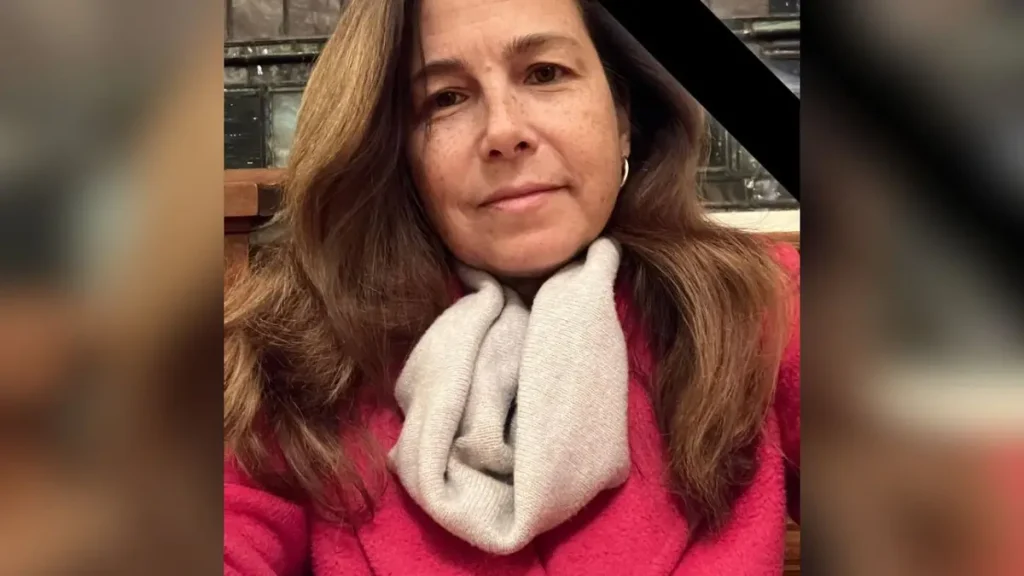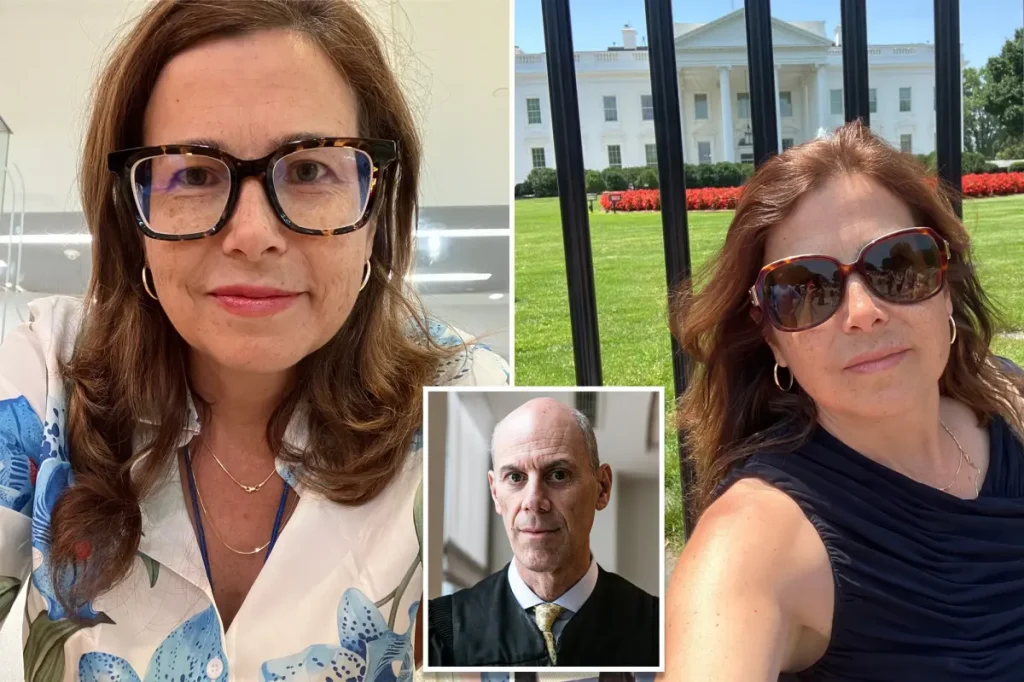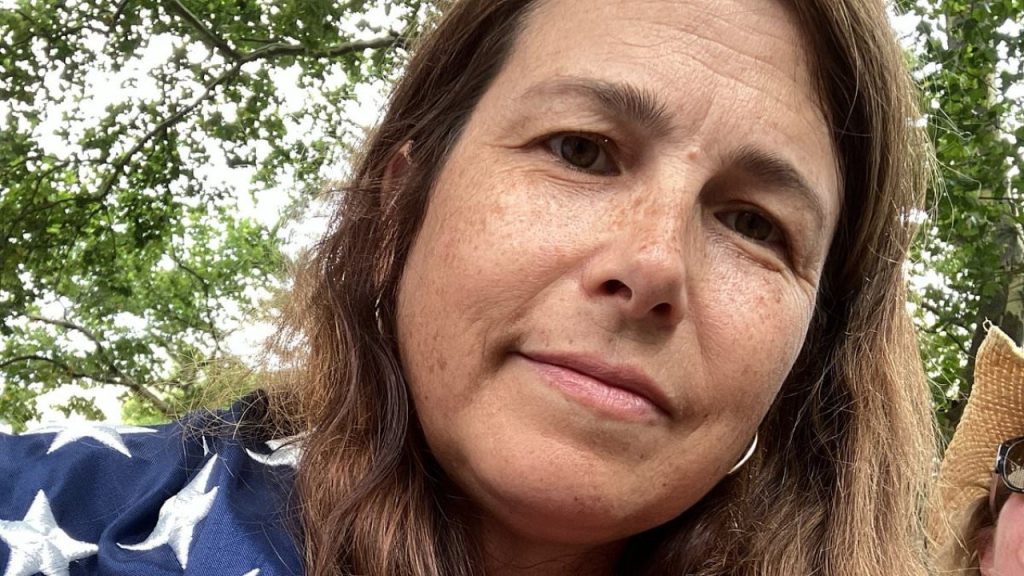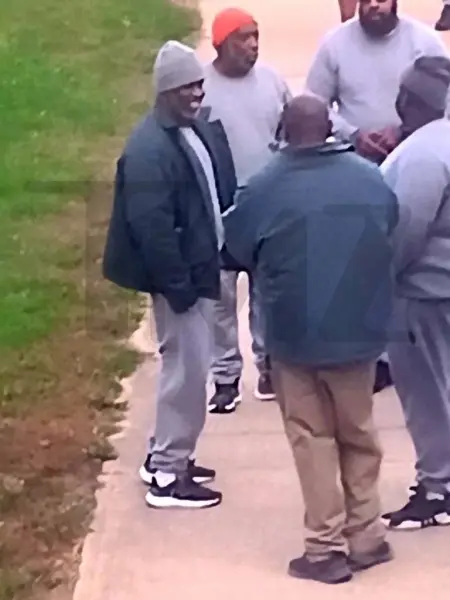An Obama-Appointed Judge Quietly Releases Indiana Woman Accused of Graphic Trump Threats—Here’s What Really Happened
In the quiet hum of late August, federal courtrooms were not the scene of protest or spectacle, but instead hosted an unassuming decision that has since drawn sharp attention. Nathalie Rose Jones, a 50-year-old woman from Lafayette, Indiana, was released under electronic monitoring by Chief U.S. District Judge James Boasberg on August 27, after being locked up for making chilling threats to kill former President Trump. But the motion toward freedom came with a condition that felt like a lifeline rather than a reprieve: she must see a psychiatrist once back home. The court documents, which surfaced in the headlines, spun a story that felt more somber than sensational.

Jones wasn’t an easy case. Just weeks before, U.S. Magistrate Judge Moxila Upadhyaya had deemed her too dangerous to release. Her social media posts, so vivid they seemed ripped from a thriller, included a Facebook message on August 6 addressed to the FBI that read, “I am willing to sacrificially kill this POTUS by disemboweling him and cutting out his trachea,” even naming Liz Cheney and a group called “The Affirmation” and calling for “domestic tranquility.” On August 14, she posted to Defense Secretary Pete Hegseth, requesting an “arrest and removal ceremony” of Trump as a terrorist at the White House.
Her online behavior triggered alarm bells. The Secret Service, having monitored her risky posts since early August, interviewed her on the 15th. She confirmed her intent to “carry out the mission of killing” the former president with a “bladed object,” though she later claimed she no longer had a present desire to do harm. The next day, after attending a protest outside the White House, she was arrested.
At every turn, prosecutors emphasized how serious the situation was. U.S. Attorney Jeanine Pirro, backing federal law enforcement, said plainly that threats against the president are among the most severe crimes and that justice must be served.

And yet, embedded in that stern justice was a moment of humanity, or at least of judicial discretion. Judge Boasberg—appointed by President Obama—stepped into the case, overturning the earlier refusal to grant bond. He acknowledged the troubling nature of her statements, yet opted for a path that balanced accountability with the possibility of treatment. Placed under electronic monitoring and with a psychiatric appointment waiting, Jones walked out of custody on that late summer day—not free, but tethered.
Judge Boasberg, already no stranger to political headlines, had earlier this year challenged efforts by the Trump administration on immigration policy—raising tempers and even prompting a formal misconduct complaint from Attorney General Pam Bondi, who accused him of making inappropriate public comments and sparking calls for his impeachment.

Now, in a quieter but equally stirring moment, he’d shown that his courtroom could be a place where layers of risk, mental health, and justice converge. Jones’s release wasn’t a dramatic defiance of law—it carried constraints, accountability, a watchful eye. She remains under investigation, facing felony charges for her threats, awaiting trial and perhaps hoping for a different path.
This is one of those strange, sober moments in news that feels personal—an unsettling reminder of how words—even those born from pain or delusion—can carry weight, and how the justice system can struggle to tread the line between punishment and compassion.


